
Month: January 2015
-
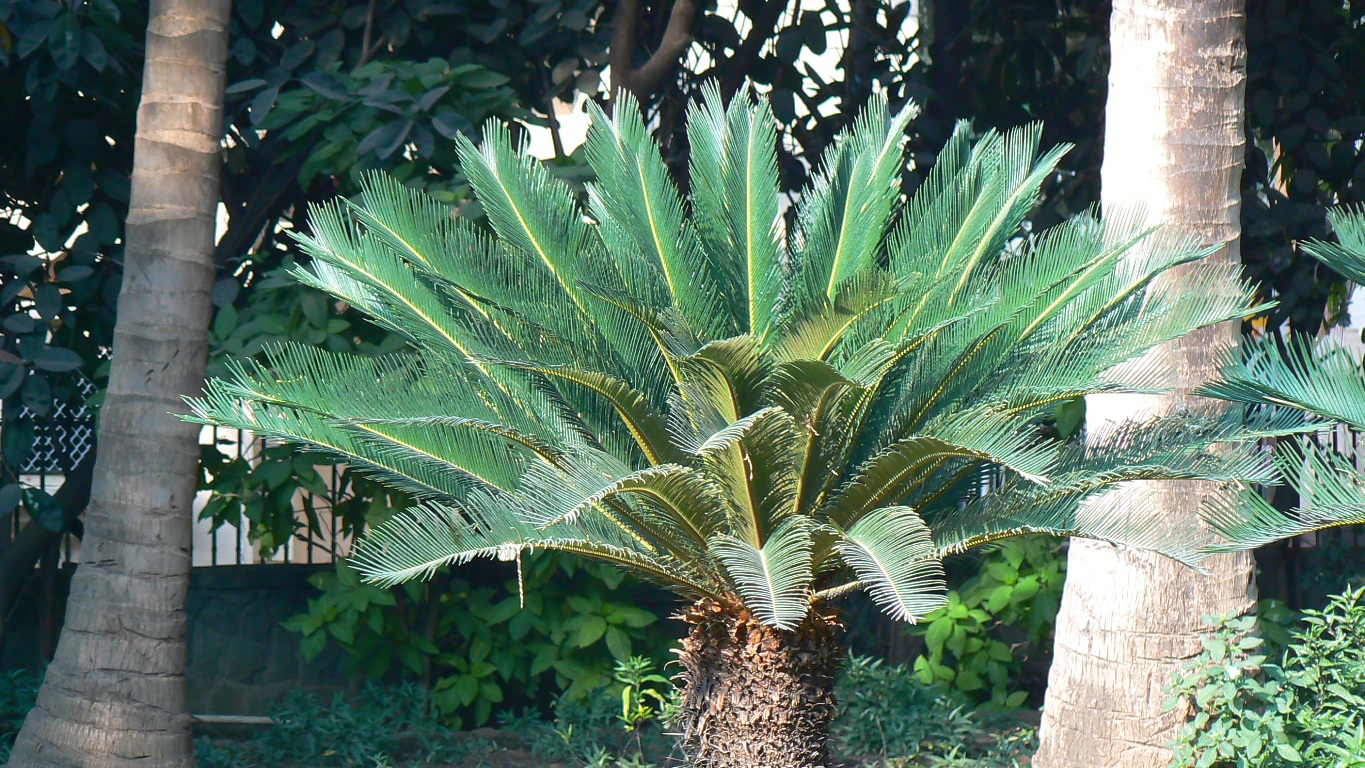
Cycas revoluta
Read More: Cycas revolutaSpecies: Cycas revoluta English Name: Sago-palm Cycas Chinese Name: 蘇鐵、鐵樹 Family: Cycadaceae Description:lls. Palm-like evergreen trees. Trunk sturdy, cylindric, single, densely covered by leaf scars or the persisting bases of the old leaves and spine-like cataphylls. Leaves are large, clustered on trunk top, pinnatipartite. It can grow up to 6-7 m, but it will take around 50…
-
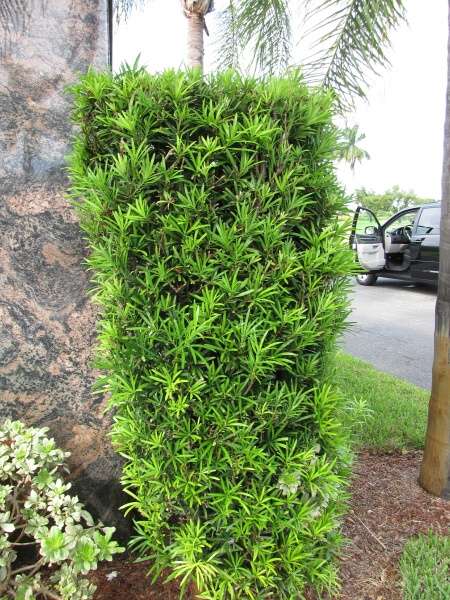
Podocarpus macrophyllus
Read More: Podocarpus macrophyllusSpecies: Podocarpus macrophyllus English Name: Short-leaved Buddhist Pine Chinese Name: 短葉羅漢松 Family: Podocarpaceae Description: The north most species of the genus. Also known as “Kusamaki conifer”. Can reach up to 20 m tall. The ripe cones arils are edible, though the seed should not be eaten. Because of its resistance to termites and water it is…
-
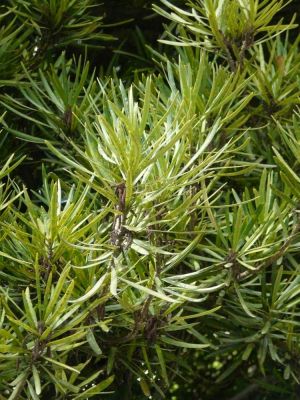
Podocarpus macrophyllus
Read More: Podocarpus macrophyllusSpecies: Podocarpus macrophyllus English Name: Buddhist Pine Chinese Name: 羅漢松 Family: Podocarpaceae Description: The north most species of the genus. Also known as “Kusamaki conifer”. Can reach up to 20 m tall. The ripe cones arils are edible, though the seed should not be eaten. Because of its resistance to termites and water it is use…
-
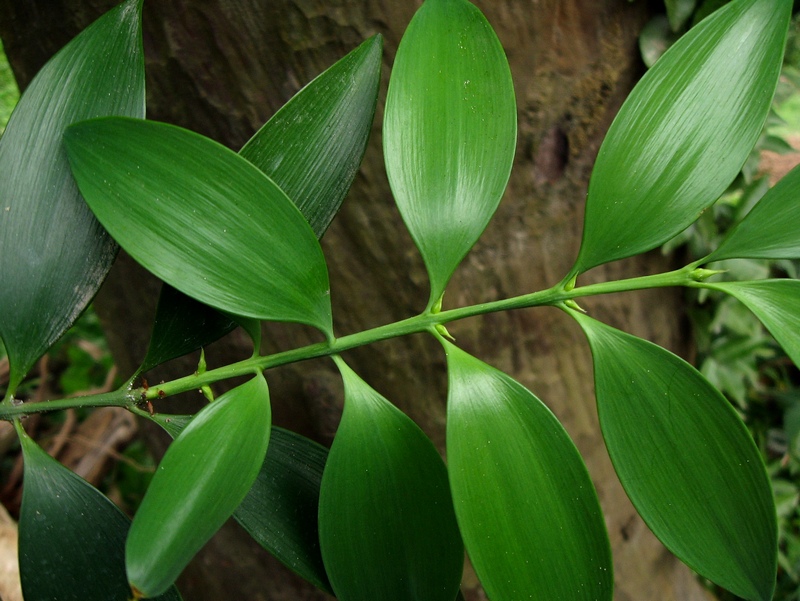
Nageia nagi
Read More: Nageia nagiSpecies: Nageia nagi English Name: Nagai Podocarpus Chinese Name: 竹柏 Family: Podocarpaceae Description: Also known as Asian Bayberry. Average height 15-20cm, slow growing. Its wood is used to build houses, utensils, bridges and furniture. Its seeds yield an edible oil, very valuable in oil industry. Near threatened. Photos used under a Creative Commons license…
-

Platycladus Orientallis
Read More: Platycladus OrientallisSpecies: Platycladus Orientallis English Name: Chinese Arborvitae Chinese Name: 側柏 Family: Cupressaceae Description: Evergreen coniferous tree, growing from 3 up to 61 m. With a stringy – texture reddish – brown bark. The wood is used in Buddhist temples, both for construction work and chipped for incense burning. Photos used under a Creative…
-
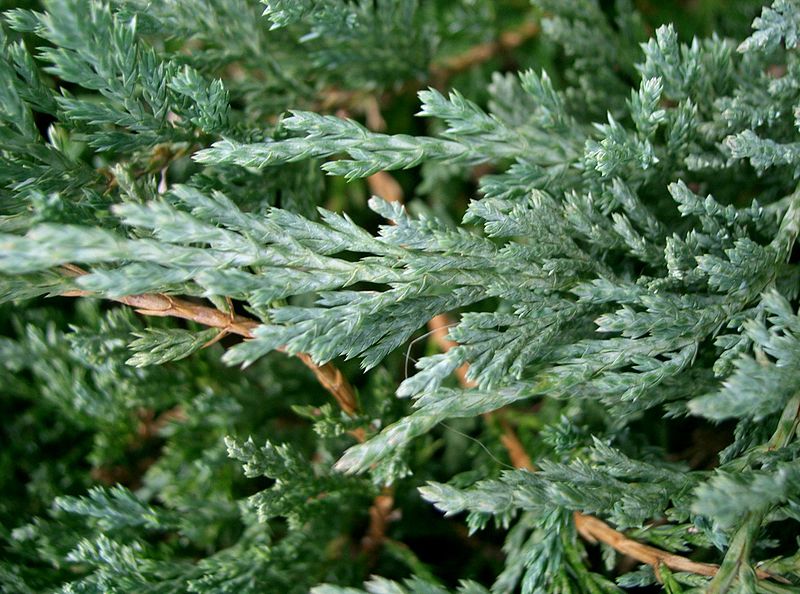
Juniperus chinensis
Read More: Juniperus chinensisSpecies: Juniperus chinensis English Name: Dragon Juniper Chinese Name: 龍柏 Family: Cupressaceae Description: It’s a Juniper that grows as a shrub or tree (in this case a shrub) with a variable shape, reaching up to 20m tall. It’s a coniferous evergreen shrub. It is widely used as a bonsai. Studies have shown that it has…
-
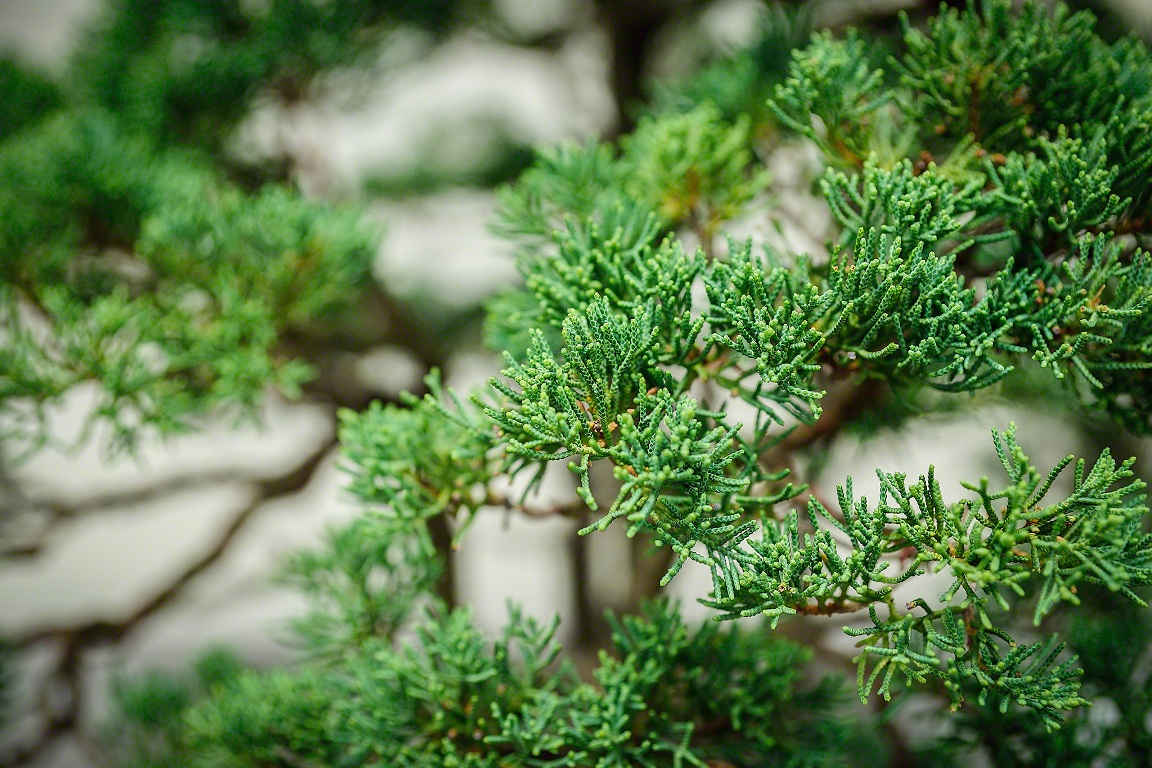
Juniperus chinensis
Read More: Juniperus chinensisSpecies: Juniperus chinensis English Name: Chinese Juniper Chinese Name: 圓柏 Family: Cupressaceae Description: It’s a Juniper that grows as a shrub or tree (in this case a tree) with a variable shape, reaching up to 20m tall. It’s a coniferous evergreen shrub. It is widely used as a bonsai. Studies have shown that it…
-
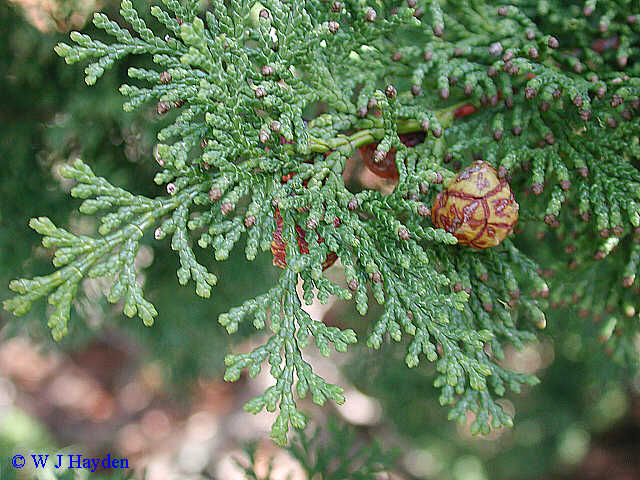
Chamaecyparis obtusa
Read More: Chamaecyparis obtusaSpecies: Chamaecyparis obtusa English Name: Golden Hinoki Cypress Chinese Name: 黃金柏、鳳尾柏 Family: Cupressaceae Description: Species of cypress native to Japan. Grows up to 35m tall and has a trunk up to 1m in diameter. The quality of its timber allows it to be used for building palaces, temples, shrines etc. Used as an ornamental tree…
-
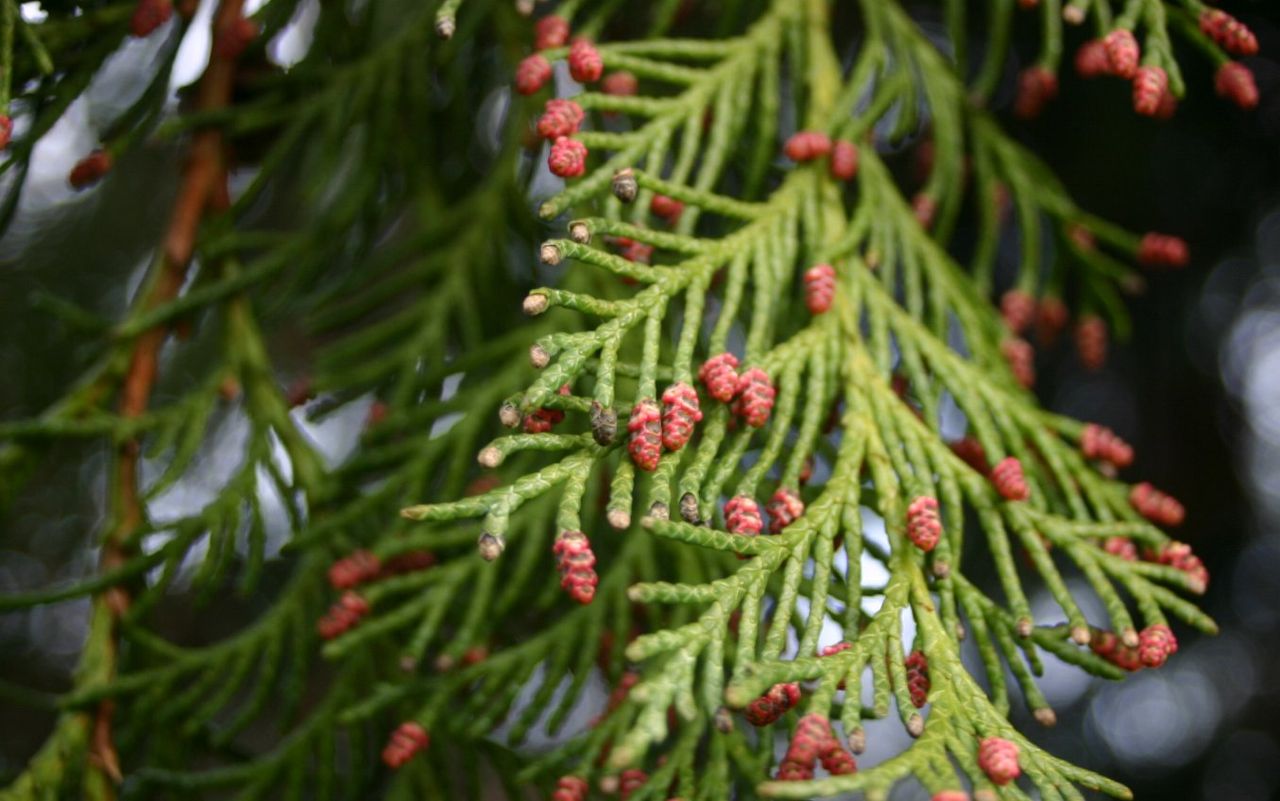
Chamaecyparis lawsoniana
Read More: Chamaecyparis lawsonianaSpecies: Chamaecyparis lawsoniana English Name: Lawson False Cypress Chinese Name: 羅氏柏、美國扁柏 Family: Cupressaceae Description: Its a species of confer native to Oregon and California. It’s large, growing up to 60m tall with a trunk with 1,2-2m in diameter. The wood is light and rot resistant, used in Japan for the manufacture of coffins, shrines and…
-
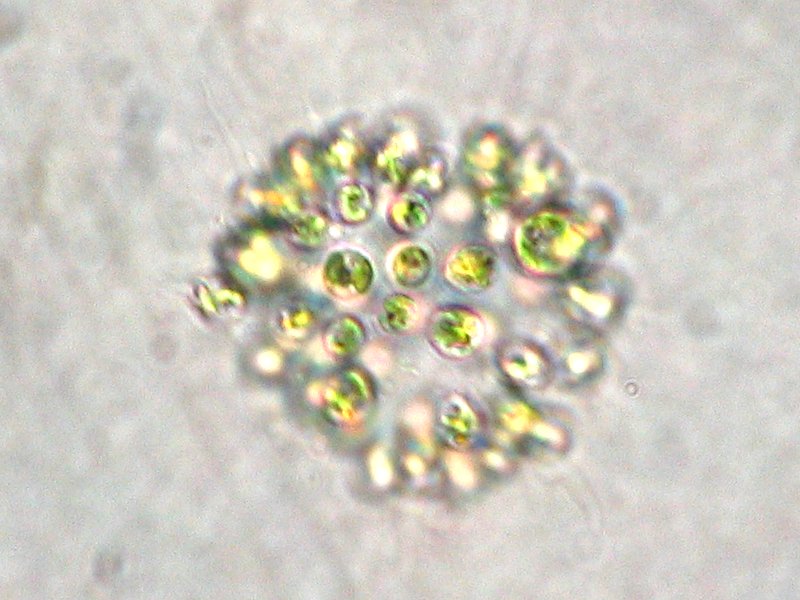
Microcystis aeruginosa
Read More: Microcystis aeruginosaSpecies: Microcystis aeruginosa English Name: Microcystis aeruginosa Chinese Name: 銅綠微囊藻 Family: Microcystaceae Description: A species of freshwater cyanobacteria which can form harmful algal blooms (HABs) that are of economic and ecological importance. They are the most common toxic cyanobacterial bloom in eutrophic freshwater. Characterized by small cells (of only a few micrometers diameter), which lack individual sheaths. Cells usually are organized into colonies (large colonies of which may be viewed…
Search
Popular Posts
-
Chinese Horseshoe Bat
Chinese name: 中華菊頭蝠Family: 菊頭蝠科 RhinolophidaeScientific name: Rhinolophus sinicusConservation status: Habitat: Cave and forests Description:This is a small to medium-sized bat species found in East Asia. It is characterized by its distinctive horseshoe-shaped noseleaf, which aids in echolocation. Its fur is typically brown or gray. This species inhabits caves, forests, and sometimes buildings, often roosting in…
-
Least Horseshoe Bat
Chinese name: 小菊頭蝠Family: 菊頭蝠科 RhinolophidaeScientific name: Rhinolophus pusillusConservation status: 無危Habitat: Cave and forests Description:This is a small bat species found in South and Southeast Asia. It is characterized by its distinctive horseshoe-shaped noseleaf, which aids in echolocation. Its fur is typically brown or gray. This species inhabits caves, forests, and sometimes buildings, often roosting in small…
-
Intermediate Horseshoe Bat
Chinese name: 中菊頭蝠Family: 菊頭蝠科 RhinolophidaeScientific name: Rhinolophus affinisConservation status: Habitat: Cave and forests Description:This is a medium-sized bat species found in South and Southeast Asia. It is characterized by its distinctive horseshoe-shaped noseleaf, which aids in echolocation. Its fur is typically brown or gray. This species inhabits caves, forests, and sometimes buildings, often roosting in…
